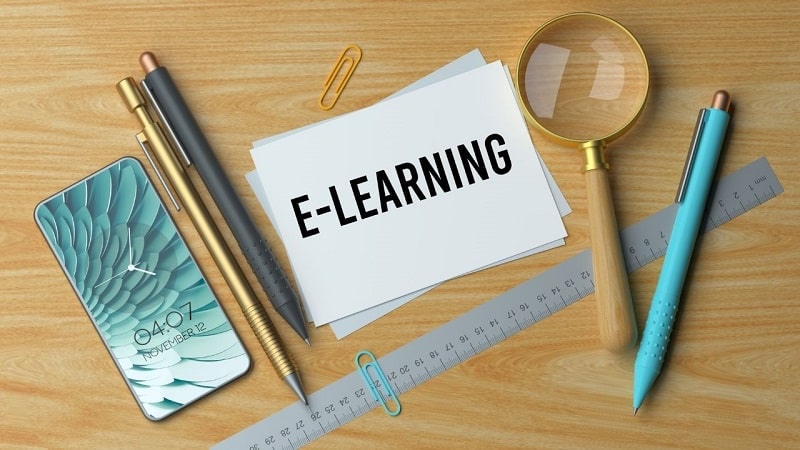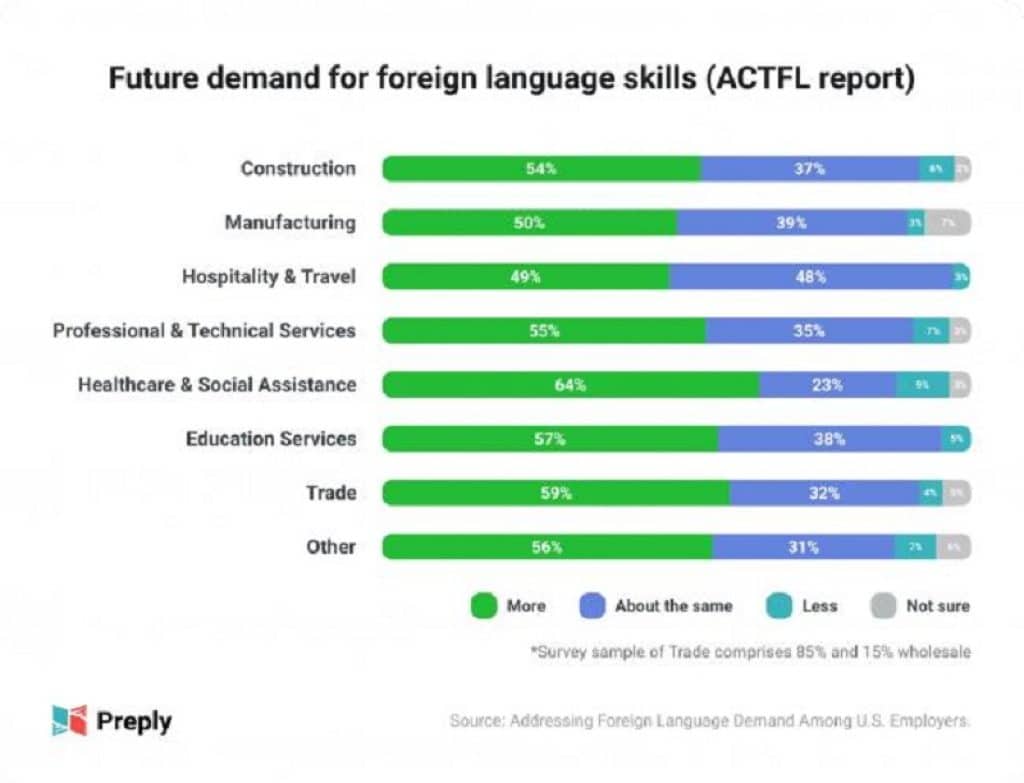
E-Learning is not a new phenomenon. However, recent developments have helped the industry to reach greater levels. In the past 10 years, the world has experienced dramatic technological innovations. These developments have caused disruptions in almost all industries.
For example, Blockchain technology has unsettled the financial industry while Artificial Intelligence is also becoming prevalent in all sectors.
In this regard, operators in the education sector are enjoying the benefits of modern technologies. This move has led to a restructuring of the education sector. Education experts acknowledge that technology has helped to improve the education sector’s efficiency, effectiveness, and entertainment.
So, how is modern technology reshaping the E-learning sector?
Growth of On-Demand Tutoring
Initially, individuals would exchange information on online messaging boards and forums. These platforms were limited because they were not organized, and it was challenging to find an expert on a particular subject. In addition, the messaging boards and forums were neither efficient nor reliable.
On-demand tutoring came in and resolved all the limitations. Here, when you post a problem online, it will be directed to experienced experts. Additionally, thanks to video tutoring tools, tutors and experts have a better way of sharing their knowledge with students that need it.
In this regard, multiple platforms that connect students with teachers based on their needs have emerged. These platforms are increasingly becoming prevalent in many regions around the world.
For example, studies show that there is an increase in the number of international companies looking for multilingual individuals. The figure below shows the future of foreign language skills in demand, in different industries:

Based on this demand, more individuals are looking for online on-demand learning platforms to learn a new language. You can find a reservoir of knowledge that was not available a few years ago on these platforms. This is because tutors are free to teach what they want whenever they want.
On the other hand, students can now crowdsource knowledge more efficiently from industry experts around the globe. This development has massively improved the transfer of knowledge from experts to students.
Education Has Become Automated
Traditionally, education has always been about teacher/student interaction where knowledge flows from the teacher to the student. Although this status quo remains, several technologies could disrupt it.
For example, technologies such as artificial intelligence, machine learning, and neural networks have the capacity to do that. Software developers have leveraged the power of these technologies to build applications that can collect, sort, and categorize information automatically. As a result, they end up with encyclopedias of knowledge that use the information available publicly.
Moreover, these tools can be used to identify the subjects students are struggling with and students who need extra coaching. Students can also use these tools to come up with personalized content plans by just clicking a button.
Should teachers be worried? Not at all! The automation of education presents a lot of opportunities for teachers. For example, as a teacher, you are no longer confined to the walls of your classroom. You can reach out to students from around the world using online platforms. Moreover, teachers are an important part of the equation as they are the ones generating content.
The Virtual Reality Effect on Education
Virtual Reality (VR) is causing airwaves in different sectors, including sports, video games, and the military. However, education experts argue that VR is poised to disrupt the industry significantly, especially online education.
According to the experts, the technology will provide teachers and students a medium to interact in a more engaging and active environment. Studies have also revealed that education is the fourth biggest industry to invest in VR technology. In addition, other studies showed that a significant number of students are interested in taking a VR educational course.
It is also evident that VR can boost confidence in young learners, which improves their academic aptitude in the long run. Apart from the classroom scenario, VR technology is also used to create VR events critical in educational use-cases.
For instance, flight simulators are used in flight training for upcoming pilots, and dummies are used to train surgeons. This allows learning institutions to expose their learners to risky tasks without incurring any costs. It also makes it easy for learners and teachers to interact regardless of distance.
At the moment, teachers are using VR to help learners in public speaking, architectural design, among other disciplines. In most cases, teachers exploit the engaging properties of gamification to make the learning process more exciting.
Final Thoughts
The future of education is online. If you said this before the COVID-19 pandemic hit the world, it would generate a heated debate. However, as things stand, governments and private investors have had to change how they view education.
Fortunately, emerging technologies have made e-learning better. For instance, as discussed in this piece, technologies such as AI and VR are projected to be key drivers of the future of e-learning. Moreover, you should expect to see more on-demand learning portals coming up to help meet the rising demand for e-learning services.










